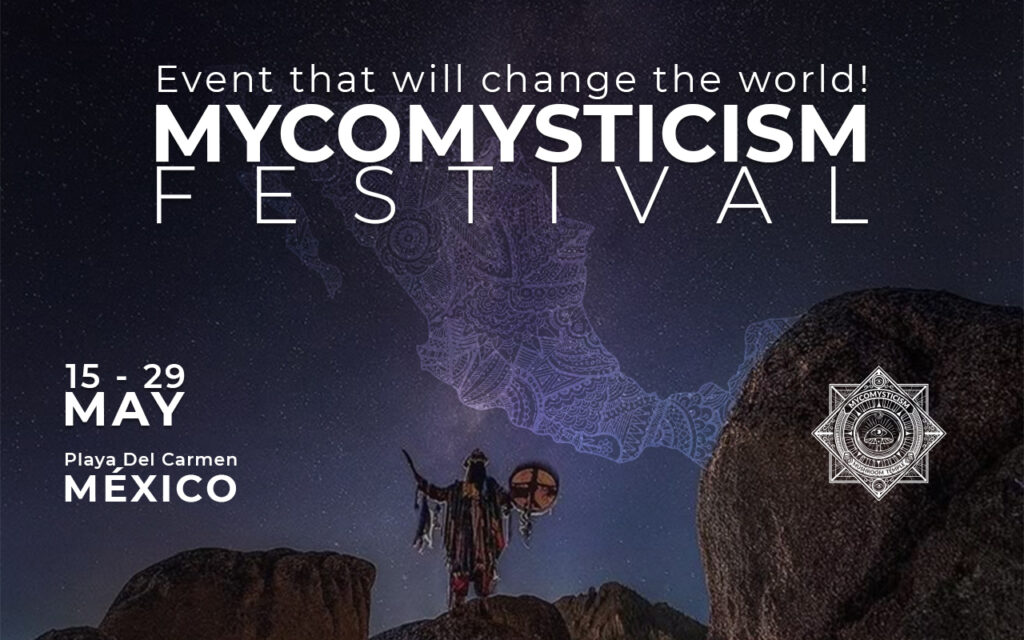Healing Burnout: Retreats and Self-Care Strategies
Emotional exhaustion, loss of motivation, and decreased productivity are all signs that your inner resources are calling for mindful restoration.
In this article, we explore what burnout is, how to recognize its symptoms, and the pathways to healing—through retreats or intentional self-care at home.
Understanding Burnout: Causes and Symptoms
Burnout is more than just feeling tired after a busy week. It is a profound state of exhaustion that arises from prolonged stress without sufficient recovery.
The World Health Organization (WHO) classifies burnout as an occupational phenomenon, but it can manifest in any area of life—caregiving, studies, relationships, or personal responsibilities.
Common Signs of Burnout:
• Persistent physical and emotional fatigue
• Detachment, cynicism, and emotional numbness
• Decreased focus and productivity
• Physical symptoms: headaches, weakened immunity, digestive issues
• Emotional symptoms: irritability, hopelessness, apathy
Burnout does not resolve on its own. It requires conscious attention and self-care.
What Happens in the Body During Burnout
Chronic stress leads to elevated cortisol levels—the body’s primary stress hormone—disrupting immune function, sleep, and even brain structure.
Research shows that the prefrontal cortex (responsible for decision-making) weakens, while the amygdala (the fear center) becomes overactive.
This explains the increased feelings of anxiety, helplessness, and mental fatigue.
The good news is that, with the right approach, both the brain and the body are capable of healing and regeneration.
Retreats as a Path to Healing
One of the most powerful tools for recovering from burnout is a retreat—an intentional space for stepping away from daily routines and initiating deep healing processes.
What Is a Healing Retreat?
A retreat is a carefully created space where participants can restore their energy, gain new insights, and embark on a path of transformation.
At Mycomysticism retreats, experienced Guides offer gentle and professional support, helping participants navigate inner processes with mindfulness and care.
Why Retreats Are So Effective:
• Dedicated time free from distractions
• Professional support from trained Guides
• Shared energy of a supportive community
• Reconnection with the healing power of nature
Types of Retreats for Healing
Different retreats are designed to meet different inner needs.
Psilocybin Retreats
Deep emotional healing, trauma resolution, reconnection with nature and oneself, and spiritual awakening.
Guides at Mycomysticism create a safe and respectful space for participants to journey inward, facilitating deep personal transformation.
Meditation Retreats
Immersion in mindfulness practices—breathwork, contemplative sitting, and cultivating inner stillness—to restore mental clarity and balance.
Spiritual Retreats
Focused on deepening connection with the Higher Self through rituals of gratitude, sacred practices, and working with personal intention.
Therapeutic Retreats
Processing trauma, chronic stress, and emotional wounds under the guidance of professional therapists and bodywork practitioners.
Nature-Based Retreats
Immersion in the healing environment of forests, oceans, or mountains, incorporating grounding practices and nature walks.
Yoga Retreats
Balancing body and mind through physical asanas, breathwork, and moving meditation practices.
Self-Care Strategies at Home
If participating in a retreat is not currently possible, building a mindful self-care practice at home becomes essential.
How to Build a Home-Based Healing Routine:
• Morning: Breathwork and mindful intention-setting
• Daytime: Mindful breaks, outdoor walks, conscious meals
• Evening: Digital detox and relaxing pre-sleep rituals
Practices That Support Recovery:
• Conscious breathing exercises
• Body scans to release tension
• Meditation and present-moment awareness
• Mindful eating and gentle movement
Movement and Embodiment:
• Gentle yoga
• Walking in nature
• Stretching or intuitive dance
Setting Boundaries and Digital Hygiene:
• Saying no to non-essential obligations
• Creating tech-free zones or times
• Honoring the body’s need for rest and silence
Retreats vs. Home-Based Self-Care
Choosing between attending a retreat or cultivating a self-care practice at home depends on personal circumstances and needs.
Retreats are ideal when:
• An intensive reset is needed
• There is a desire for deep emotional work
• A new life chapter is about to begin
Home-based self-care is ideal when:
• It is not possible to travel
• The focus is on maintaining daily balance
• Gradual, sustainable habit formation is preferred
Often, the most effective approach is to combine both:
a retreat as a catalyst for transformation and daily self-care as a way to integrate and sustain the changes.
The Importance of Integration
A retreat provides a powerful impulse.
But without conscious integration, the experience may remain just a vivid memory.
Integration means gently weaving the insights from the retreat into daily life through:
• Journaling reflections
• Maintaining regular meditation practices
• Embodying new ways of being through action
• Continuing mindful connection with self and surroundings
At Mycomysticism, Guides offer ongoing integration support, helping participants translate their retreat experiences into lasting personal growth.
Conclusion: The Journey Back Home
Burnout is not the end of the road.
It is an invitation to realign your life, reprioritize your well-being, and reconnect with your inner light.
Through retreats, mindful daily practices, the support of trained Guides, and loving attention to your needs, you can return to a life of wholeness, vitality, and joy.
The path home to yourself begins with a single conscious step.





